 Pareidolia is the ability to see familiar things in otherwise spurious noise. In this toasted cheese sandwich, some see Jesus’ face. Though such hallucinatory visions may seem silly, perhaps they point to a beneficial way our minds work. On my site I often try to point out that besides seeing the silliness in superstition or religion, we should also try to see why the mind behaves like this and in seeing such, we may notice that, even being skeptics or religion-free, our mind does the same thing often.
Pareidolia is the ability to see familiar things in otherwise spurious noise. In this toasted cheese sandwich, some see Jesus’ face. Though such hallucinatory visions may seem silly, perhaps they point to a beneficial way our minds work. On my site I often try to point out that besides seeing the silliness in superstition or religion, we should also try to see why the mind behaves like this and in seeing such, we may notice that, even being skeptics or religion-free, our mind does the same thing often.
Like Treats Like
I contend here that we have a pareidolia function in the mind — one which can both be useful and deception. Being a former Oriental Medicine practitioner (herbs and acupuncture) I know another example of the mind using the brain’s pareidolia module. There is an accepted principle in some branches of Oriental Medicine where if a plant looks like some part of human anatomy, it should have some remedial effect on pathology in that part of human bodies.
 For example, Lotus Root has channels running through it so when it is cut it looks like similar to how a cross-section of lungs would look. Lotus Root is used to treat phlegm in colds. This notion of using things with similar form to the human body to treat ailments of that part of the body is, of course, silly. But, as I will explain later, it still may be useful.
For example, Lotus Root has channels running through it so when it is cut it looks like similar to how a cross-section of lungs would look. Lotus Root is used to treat phlegm in colds. This notion of using things with similar form to the human body to treat ailments of that part of the body is, of course, silly. But, as I will explain later, it still may be useful.
In the West, this principle is known as the Law of Correspondences. This Law is based on the assumption that the divine order is redundant with hints of the implicit order.2
Homeopathy
Homeopathy1 uses this principle in a more abstract form of “like cures like” (I am an ex-homeopath too). Let’s look at two homeopathic examples of this law of correspondence working as “like cures like”. Sulfur is one of homeopathy’s many “remedies” (medicines). The homeopathic logic goes that if sulfur causes skin rashes, it can also be expected to cure skin rashes. Bee’s venom is also a homeopathic medicine. Since a person stung by a bee is induced to hyperactivity, swelling, redness, and pain, then people with sore red, inflamed throats who can’t sit still may be treated with bees venom (Aspis mellifica).
We may wonder why this sort of silly logic does not get weeded from human consciousness by evolutionary principles and that is because Pareidolia is useful !
Pareidolia is Desirable
Pareidolia helps us to see patterns in the otherwise chaotic night sky. Ancients looked at the chaotic sky and saw the shapes of humans and animals from their myths and then used those shapes to help them in navigation and calendar building. Pareidolia is a memory device — it is easier to remember things familiar to us than mere random patterns. I am thankful for pareidolia.
Another, less virtuous, reason for the persistence of pareidolia is that if you try 1000 herbs that share something with lungs, one of them might work. Then, with selection bias, you forget the other 999 failures and, BANG! , you have another “confirmed” superstition. But at least it is now easier to remember the use of that herb.
We humans are funny. And as you can see my past intellectual wanderings in previous posts, I myself have fallen for pareidolia several times in my confused life. Silly me.
______________________
1. Here is a good sight describing Similia Similibus Curentur (Like cures Like) and likewise exploring the pros and cons of homeopathy.
2. Here is a 1920 Theosophy publication explaining The Law of Correspondences.
See a neuroscience article on this phenomena here.


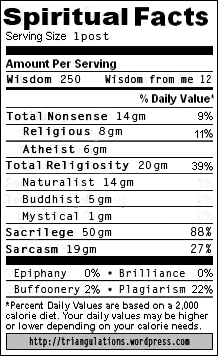



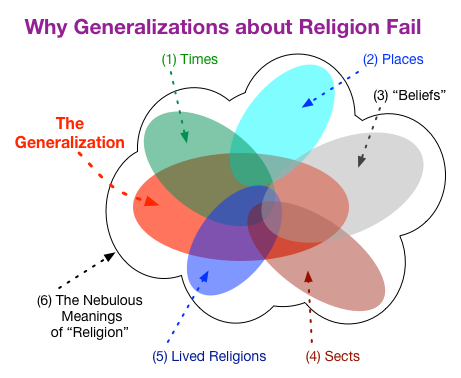


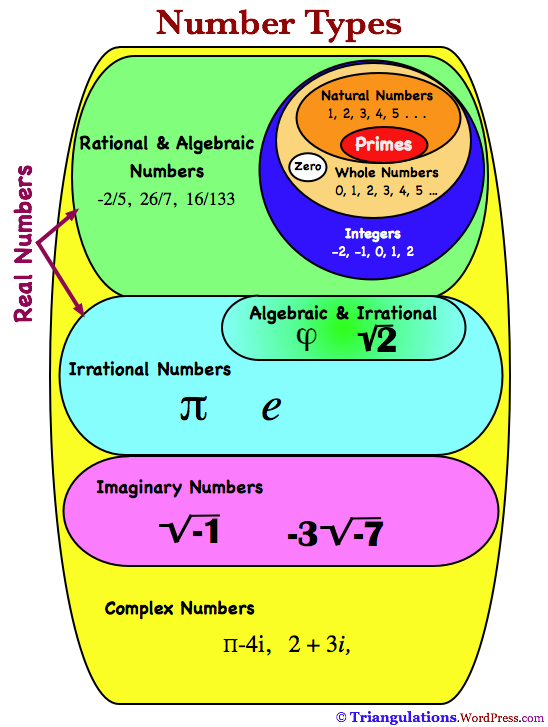


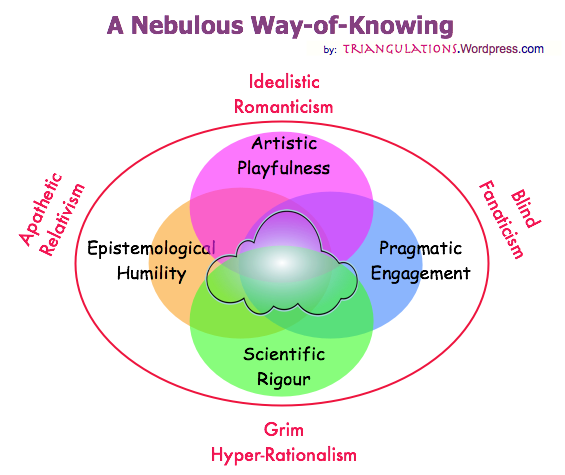






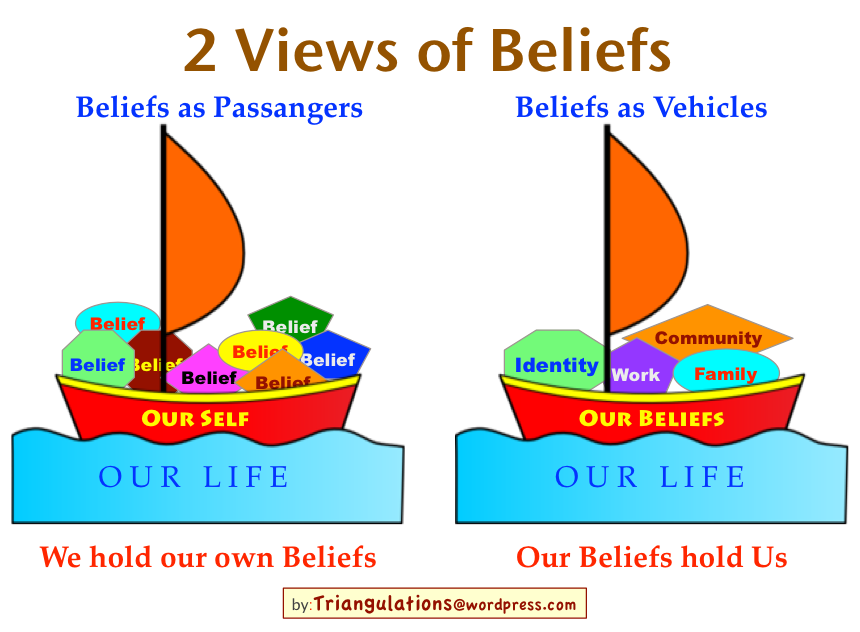







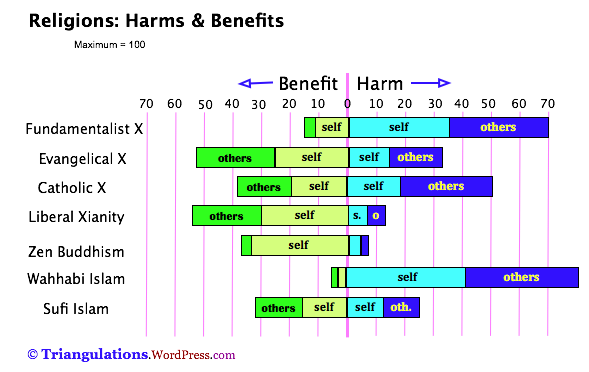



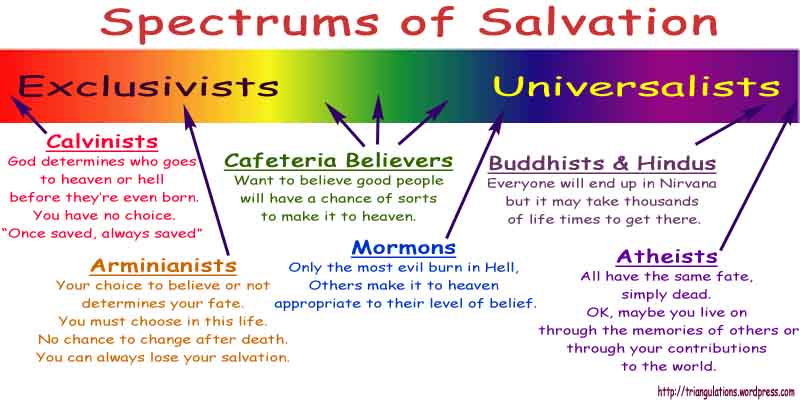




I think the video you posted about the priest explaining away the seed pattern in the watermelon was great!